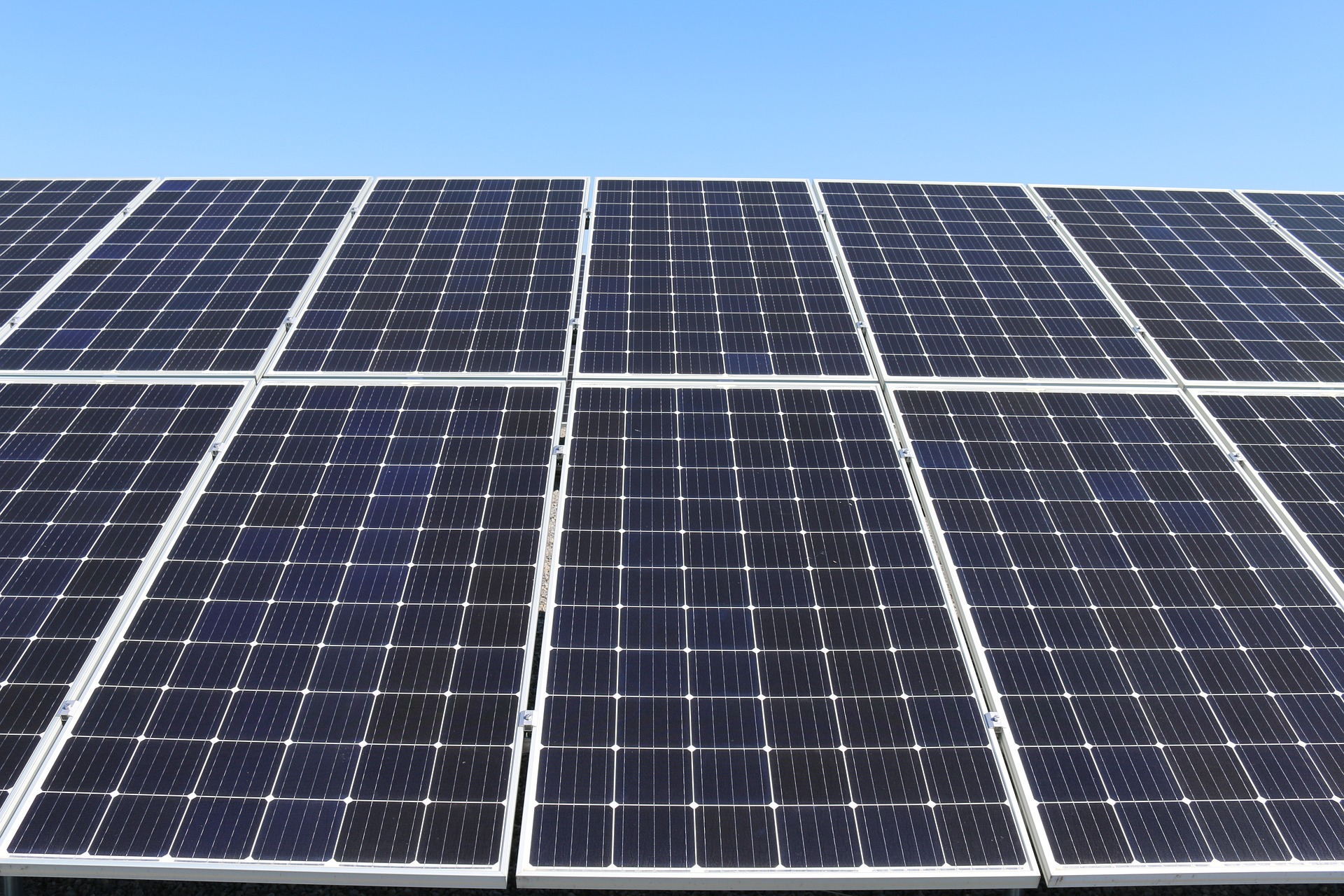Find more Solar Panels
Solar panels have transformed how homes and businesses generate electricity, offering a sustainable alternative to traditional energy sources. As climate concerns grow and technology advances, more people worldwide are exploring solar energy options. Understanding the basics of solar technology, installation processes, available incentives, and cost considerations can help you make informed decisions about adopting solar power for your property.
Solar energy has become increasingly accessible across the globe, with technological improvements making panels more efficient and affordable than ever before. Whether you live in a sunny region or an area with moderate sunlight, modern solar systems can generate meaningful electricity savings while reducing your carbon footprint. This guide explores essential information about solar panels, installation considerations, and financial aspects to help you navigate your solar journey.
Read More About Solar Panels Worldwide
Solar panels work by converting sunlight into electricity through photovoltaic cells. These cells contain semiconductor materials that generate direct current when exposed to light, which is then converted to alternating current for household use. Modern panels come in several varieties, including monocrystalline, polycrystalline, and thin-film options. Monocrystalline panels offer the highest efficiency rates, typically between 18-22%, making them ideal for properties with limited roof space. Polycrystalline panels provide a more budget-friendly option with slightly lower efficiency, while thin-film panels work well for unconventional installations. Global adoption has surged, with countries across Europe, Asia, North America, and increasingly in Africa and South America investing in solar infrastructure. The International Energy Agency reports that solar capacity has grown exponentially over the past decade, driven by falling costs and supportive policies in many regions.
Learn About Affordable Solar Panels in Your Area
Solar panel costs vary significantly based on location, system size, panel quality, and installation complexity. In many markets, residential solar systems typically range from a few thousand to several tens of thousands of dollars for complete installations. The price per watt has decreased substantially over the years, making solar more accessible to average homeowners. Local market conditions, labor costs, and regional incentives all influence final pricing. Some areas offer community solar programs where multiple households share the output of a larger installation, reducing individual costs. When researching options in your area, consider obtaining multiple quotes from certified installers, checking reviews and credentials, and asking about warranties and maintenance agreements. Many regions have local solar cooperatives or nonprofit organizations that provide unbiased information and group purchasing programs that can reduce costs through collective bargaining power.
Know More About Solar Energy for Home
Installing solar energy systems at home involves several key considerations beyond just purchasing panels. Your roof condition, orientation, and angle significantly impact system performance. South-facing roofs in the Northern Hemisphere and north-facing roofs in the Southern Hemisphere typically receive optimal sunlight. However, east and west-facing installations can still generate substantial energy. A professional site assessment evaluates shading from trees or buildings, structural integrity to support panel weight, and electrical system compatibility. Home solar systems typically include panels, inverters, mounting equipment, and often battery storage for energy independence. Grid-tied systems allow you to sell excess power back to utilities through net metering programs, while off-grid systems require sufficient battery capacity for nighttime and cloudy day usage. System sizing depends on your household energy consumption, available installation space, and budget. Most residential installations range from 3 to 10 kilowatts, with larger homes or those with electric vehicles requiring more capacity.
More Details on Solar Installation Deals
Solar installation deals vary widely depending on provider, location, and current market conditions. Many installers offer financing options including solar loans, leases, and power purchase agreements. Solar loans allow you to own the system and claim any available tax benefits, while leases and power purchase agreements involve third-party ownership with fixed monthly payments. Some companies provide seasonal promotions or bundle deals that include battery storage, monitoring systems, or extended warranties. It is important to understand what each deal includes: equipment specifications, installation labor, permitting assistance, warranty coverage, and post-installation support. Compare proposals carefully, looking beyond just the bottom-line price to evaluate equipment quality, installer experience, and long-term value.
| Provider Type | Services Offered | Typical Cost Range | Key Features |
|---|---|---|---|
| National Solar Companies | Full installation, financing, monitoring | $15,000 - $30,000 | Standardized processes, multiple financing options, nationwide warranties |
| Local Solar Installers | Custom installations, maintenance | $12,000 - $28,000 | Personalized service, local expertise, flexible designs |
| Community Solar Programs | Shared solar subscriptions | $0 upfront, monthly fees vary | No installation required, suitable for renters, lower barriers to entry |
| DIY Solar Kits | Equipment only, self-installation | $5,000 - $15,000 | Lowest cost, requires technical skills, may affect warranties |
Prices, rates, or cost estimates mentioned in this article are based on the latest available information but may change over time. Independent research is advised before making financial decisions.
Know More About Global Solar Rebates 2025
Government incentives and rebates significantly reduce the effective cost of solar installations. Many countries offer tax credits, direct rebates, or feed-in tariffs that compensate solar owners for electricity generation. In the United States, the federal Investment Tax Credit allows homeowners to deduct a percentage of solar installation costs from federal taxes. European nations have various schemes, with some offering guaranteed rates for solar electricity fed into the grid. Australia provides small-scale technology certificates that reduce upfront costs, while India offers subsidies through state and central government programs. Incentive programs frequently change, with some phasing out as solar adoption increases and others being introduced to meet renewable energy targets. Research current programs in your specific location, as regional and local governments often supplement national incentives. Some utilities also offer additional rebates or preferential rates for solar customers. Application processes vary, with some requiring pre-approval before installation and others allowing post-installation claims. Working with experienced installers familiar with local incentive programs can help maximize your financial benefits and ensure proper documentation.
Understanding Long-Term Solar Benefits
Beyond immediate cost savings, solar panels offer numerous long-term advantages. Most quality panels come with 25-year performance warranties, guaranteeing they will produce at least 80% of their rated capacity after two and a half decades. Actual panel lifespans often exceed 30 years with minimal maintenance. Energy independence reduces vulnerability to utility rate increases, which historically outpace inflation in many regions. Properties with solar installations often command higher resale values, with studies showing buyers willing to pay premiums for homes with owned solar systems. Environmental benefits include reducing greenhouse gas emissions, decreasing reliance on fossil fuels, and contributing to cleaner air quality. As electric vehicle adoption grows, home solar systems can power transportation needs, further extending savings and environmental benefits. Battery storage technology continues improving, making energy independence increasingly practical and affordable for homeowners seeking resilience against power outages and grid instability.





